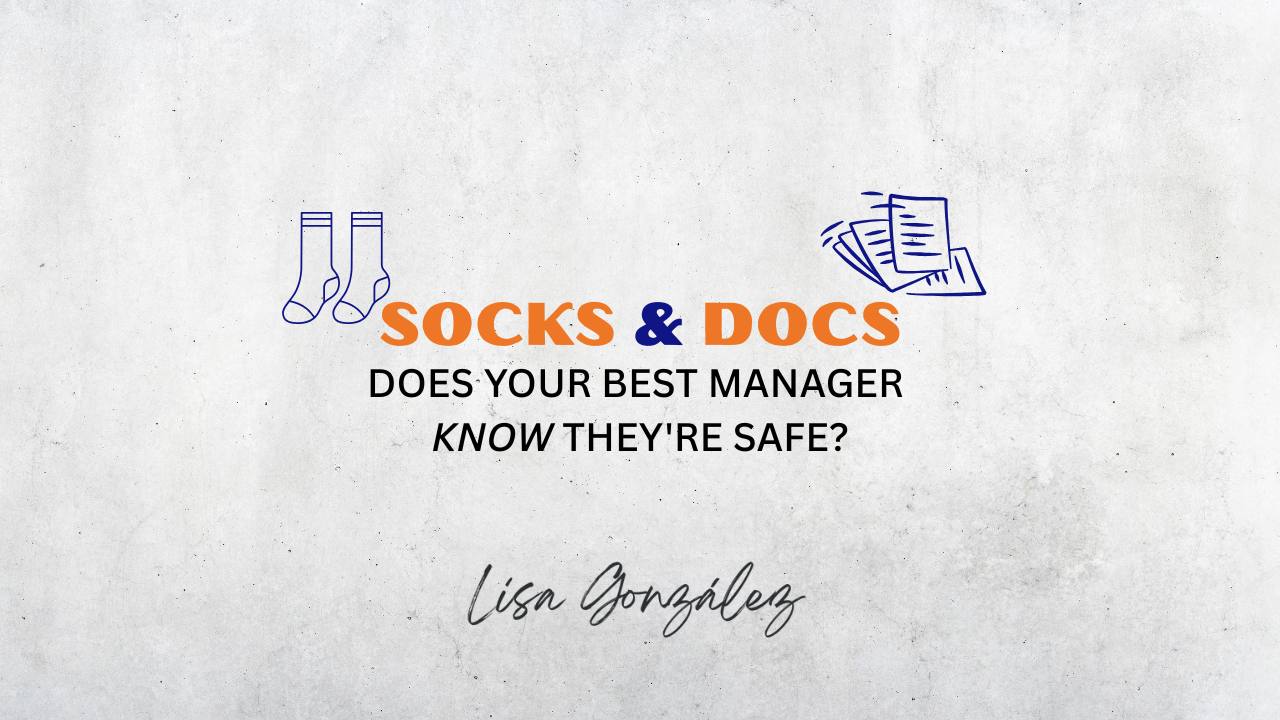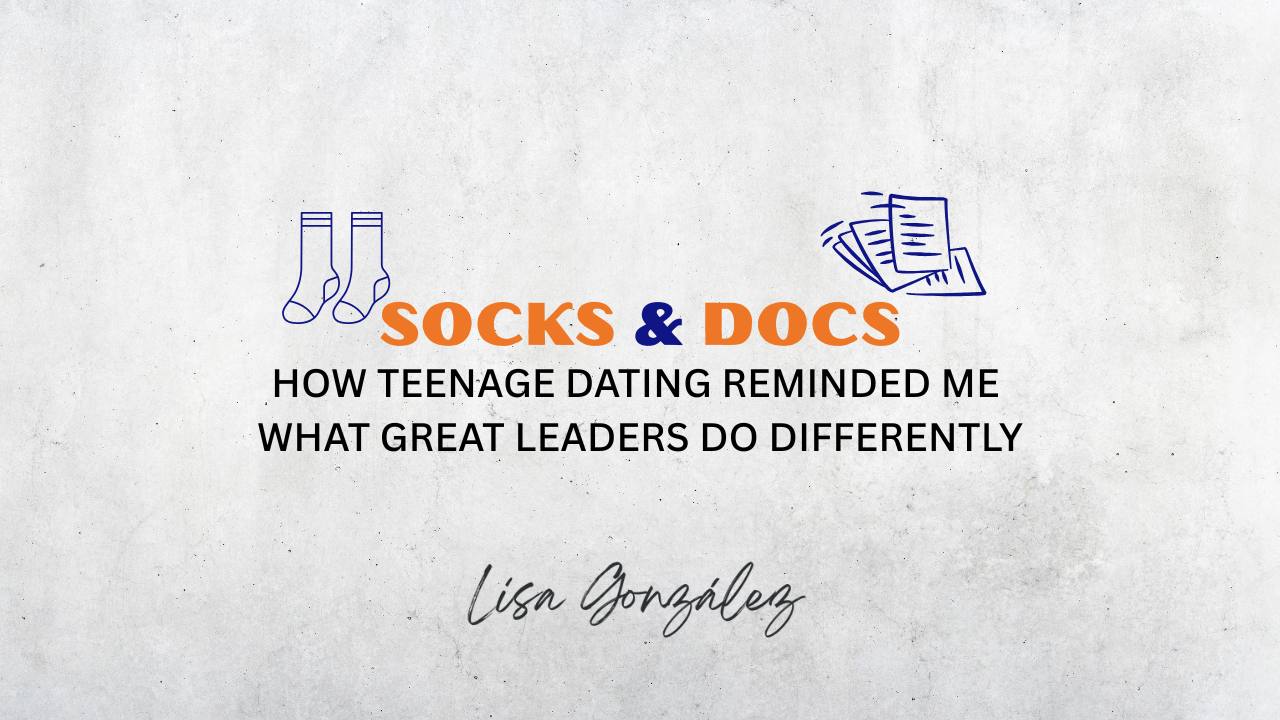The Paradox of Process: How Structure Creates Freedom
Hey there,
I was talking to a client the other day, and they shared a story with me that has been weighing on me.
So, it starts out with two stonemasons…
A traveler asks the first what he’s doing.
“I’m laying bricks,” he says without looking up. The traveler turns to the second and asks the same question.
“I’m building a cathedral,” he answers.
Both men are doing the same work, but only one understands why it matters.
That’s what belief looks like. And in leadership, belief changes everything.
You can have the best processes in the world.
Clear documentation. Smart checklists. Great intentions.
But if your leaders don’t believe in the process, your people won’t either.
That’s not a theory. It’s a pattern I’ve seen in hundreds of businesses.
Teams don’t rise to the level of our expectations. They rise to the level of our example.
The Hidden Saboteur: Half-Hearted Leadership
Here’s how it usually happens.
A leadership team spends months creating a new process. Everyone nods in agreement during rollout.
Then, a few weeks later:
Someone skips a step “just this once.”
A manager approves an exception for a key client.
A leader says, “We’ll fix it later. We just need to get it done.”
Each of those choices feels small in the moment. But together, they send a clear message: this process is optional.
And if it’s optional for leaders, it’s optional for everyone.
Soon, the business slides right back into the chaos the process was meant to prevent. Missed steps. Inconsistent results. Frustrated teams.
The Real Lesson: Belief Is Contagious
When you and your leadership team are all in, your team will follow.
The most powerful lever for process compliance isn’t another meeting or policy. It’s conviction.
People can tell when you’re committed versus when you’re checking a box. They can feel when you’ve fully bought in.
If you truly and genuinely believe that process brings clarity, consistency, and freedom, that belief spreads. It shows up in meetings, decisions, and hallway conversations.
It’s the difference between saying, “We have to follow this process,” and saying, “This process helps us win.”
The “All In” Loop
Belief doesn’t just drive compliance. It drives improvement.
When your leadership team is all in, they naturally start asking better questions:
-
Is this process still getting the results we want?
-
Where are the breakdowns, and what’s causing them?
-
How can we make this simpler or stronger?
Those questions lead to accountability, not because someone’s enforcing rules, but because everyone’s invested in making the process better.
That’s what Followed By All really means. People follow it because they believe in it.
Take a Minute to Do a Quick Self-Check
If your team isn’t following the process, pause and ask yourself:
-
Do my leaders truly believe this process makes our work better?
-
Do we model it every day, or make exceptions when it’s inconvenient?
-
Have we connected the “why” behind the process to the outcomes our team cares about?
If the answer is no, that’s where your work begins.
Process compliance starts at the top. And belief is what makes it stick.
The Bottom Line
Process is a reflection of leadership culture.
If your leaders are all in, your team will be too.
If they’re not, no amount of documentation will change that.
Before you add another process, ask yourself, “Do we believe in this enough to model it every time?”
That’s the power of all-in leadership.
Next Step
If your team is struggling to get processes truly followed by all, I can help.
In my Private Process Success Workshop, I work with leadership teams to align around the why of process, apply the EOS 3-Step Process Documenter and FBA Checklist, and build a real plan for accountability and freedom.
Book a discovery call with me to see if this workshop is a good fit for your team: www.lisagonzalez.com/contact
Follow the process,
Lisa González




Responses